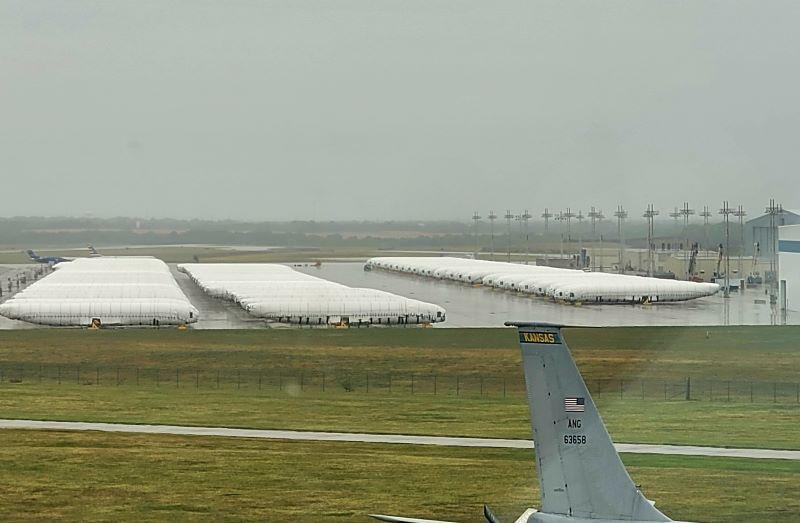
Spirit AeroSystems Boeing 737 fuselages stored in Wichita, Kansas, in early August 2024.
Credit: Molly McMillin/Aviation Week
The monthly 737 program production rate mismatch between Boeing and Spirit AeroSystems has created a buffer of nearly 130 fuselages awaiting shipment from the supplier to the manufacturer, an Aviation Week analysis shows. A satellite image of Spirit’s Wichita factory taken Aug. 7 showed 127...
Subscription Required
Production-Rate Fluctuation Swells Spirit AeroSystems 737 Inventory is published in Aviation Daily, an Aviation Week Intelligence Network (AWIN) Market Briefing and is included with your AWIN membership.
Already a member of AWIN or subscribe to Aviation Daily through your company? Login with your existing email and password
Not a member? Learn how to access the market intelligence and data you need to stay abreast of what's happening in the air transport community.





